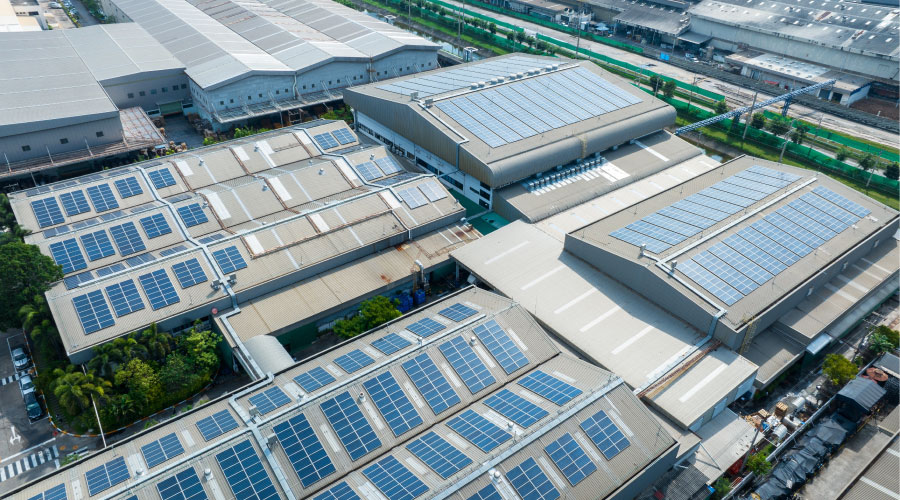Case Study on Submetering Success
Seeking to tap into the benefits associated with submetering, many larger school districts in Western Washington have voluntarily adopted submetering as an approach to managing their resources. For example, the Snohomish School District has incorporated submetering into seven recent projects, including elementary, middle, and high schools.
The district planned to replace its Machias Elementary with a 70,660-square-foot school that complied with local codes and with the Washington Sustainable Schools Protocol, which outlines guidelines for high-performance school buildings.
The school put in place energy-conservation measures that resulted in an energy use intensity (EUI) of 27 — not counting energy savings from a photovoltaic (PV) array — compared to the baseline of 44 outlined in ASHRAE Standard 90.1. The building now is tracking at an EUI of 18 with the PV system and 28 without it.
One key element of the school's sustainability strategy is an advanced EMS system with submetering of the lighting, plug loads, heating, cooling, fans, kitchen, computers, and elevators.
The submetering system has assisted in the building's operation on several levels. When the energy bills did not match the design intent, the design team and system operators were able to investigate factors contributing to the shortfall.
Thanks to data gathered through submetering, building operators have been able to identify non-typical use of certain spaces and components – for example, computer labs and some fans – in off-hours. Identifying these discrepancies, they have been able to take the appropriate courses of action to resolve them and get the energy consumption to match the design intent.
Brian Boettcher is a managing principal at Hargis Engineers. He collaborates with peers, manufacturers and institutional stakeholders on facility design, operations and management issues.
Related Topics:














